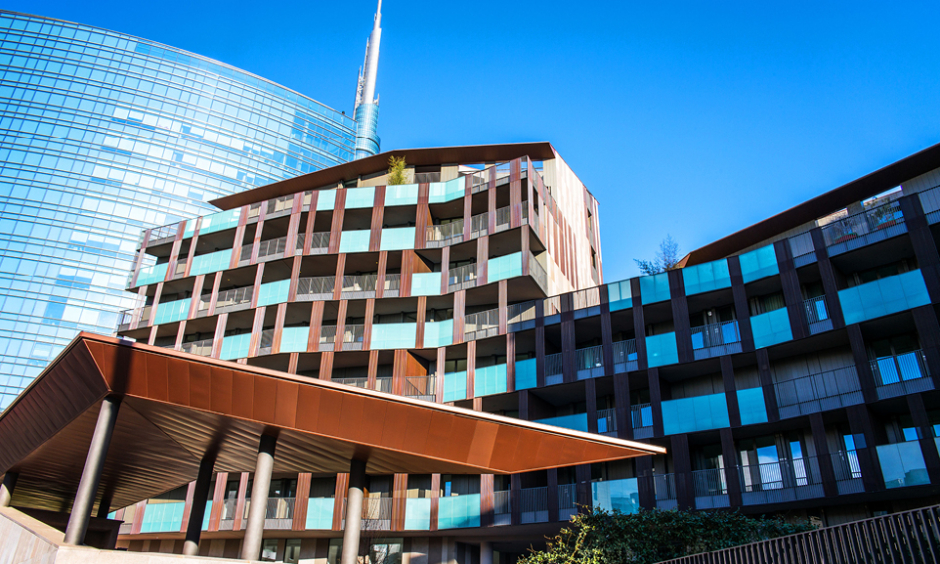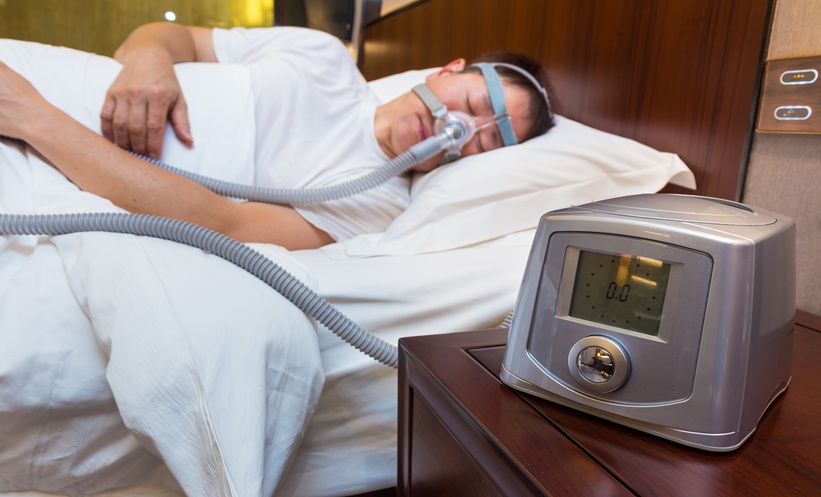Pulmonary vascular remodelling is common in chronic lung disorders.1 Alterations in vascular and parenchymal structures may impair gas exchange in alveoli, resulting in hypoxic conditions and systemic complications. Comorbidities in cardiovascular disease have negative impacts on clinical course and disease prognosis,2 as discussed at the European Respiratory Society (ERS) congress. Nowadays, it is observed that mesenchymal cells, such as fibroblasts, have the potential to contribute to airway and vascular remodelling, as well as associated fibrosis.3 Fibroblasts are key players in regulating the homeostasis of the extracellular matrix (ECM) by constituting a rich source of growth factors and inflammatory mediators, including vascular endothelial growth factor (VEGF).4 VEGF is a key mediator in vascular remodelling processes, promoting angiogenesis, and is implicated in chronic obstructive pulmonary disease (COPD) progression.1 Abnormal fibroblast activation may cause pathological tissue remodelling. We have previously shown that patients with COPD5 and patients with bronchiolitis obliterans syndrome (BOS) (chronic lung allograft dysfunction after lung transplantation)6 have an altered fibroblast phenotype. New treatment strategies are warranted to target vascular remodelling processes in chronic lung disorders.
The overall goal of our research was to find potential biomarkers and highlight the importance of the ECM for disease progression and treatment strategies towards personalised medicine.7 In our abstract, we hypothesised that the vascular mediator VEGF could have an important effect on fibroblast function and ongoing remodelling processes. We investigated if there were differences in VEGF synthesis between distally derived lung fibroblasts from patients with severe COPD and patients with BOS, compared with healthy control subjects, as well as whether VEGF could be a biomarker for ongoing remodelling processes. We could not detect any significant differences in synthesis of VEGF from fibroblasts in patients with severe COPD compared to healthy control subjects; whereas, fibroblasts from patients with BOS had elevated levels of VEGF. Histological findings also indicated increased expression of VEGF receptor 2 in lung tissue from patients with BOS, compared to control subjects. We were interested to further understand the role of VEGF in fibroblast function and therefore evaluated how VEGF affected cell migration, proliferation, and ECM synthesis. Our obtained data indicated that the levels of VEGF synthesised by the pulmonary fibroblasts promoted migration and proliferation of the fibroblasts, and increased ECM synthesis of the proteoglycans biglycan and perlecan.8 These ECM proteoglycans are important for cell migration and basal membrane formation in vessels. We concluded that VEGF may have a crucial role in autocrine and paracrine signalling, such as between endothelial cells and fibroblasts, in remodelling processes in the distal lung compartments. However, further studies are needed to highlight the role of VEGF during disease progression and if VEGF could be a potential biomarker for ongoing remodelling processes.







